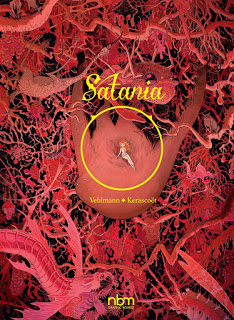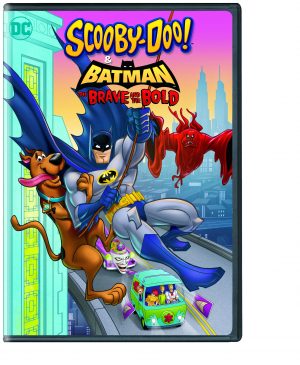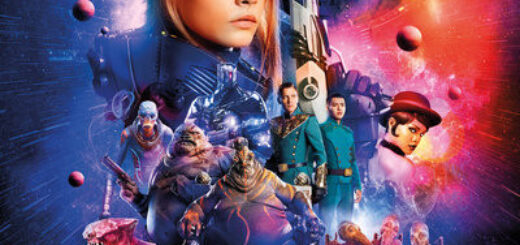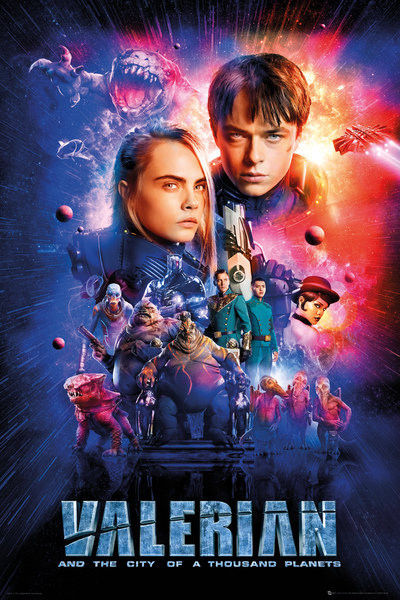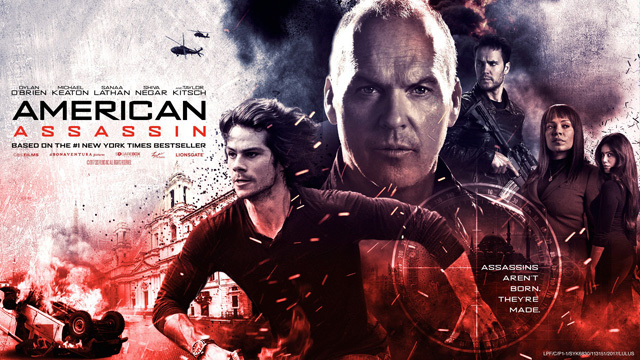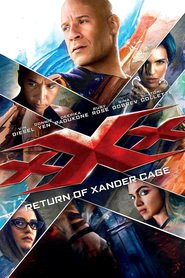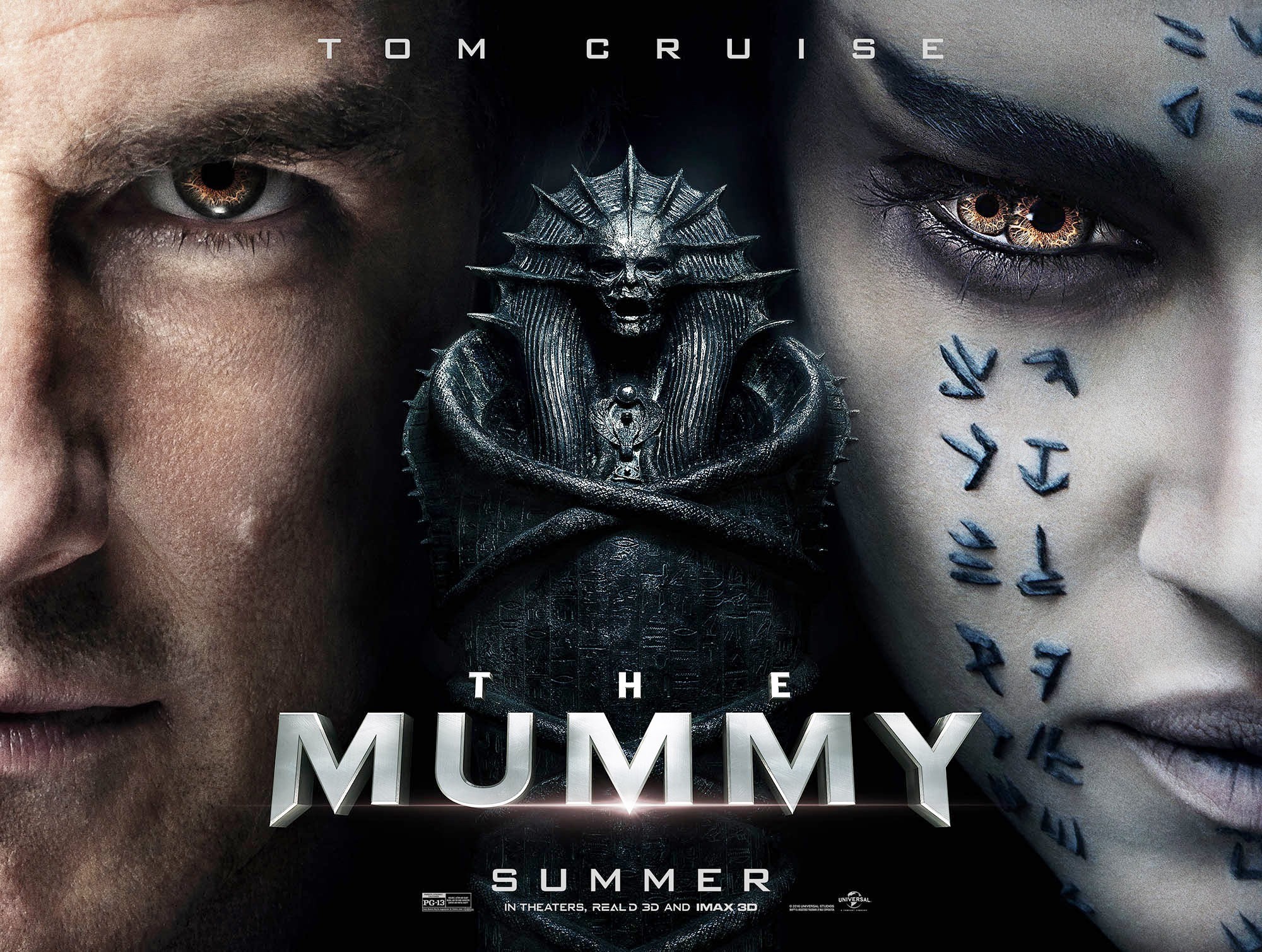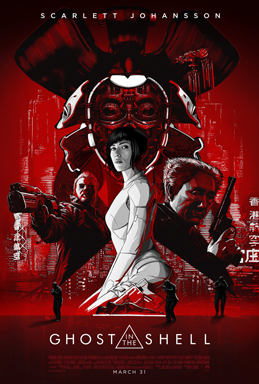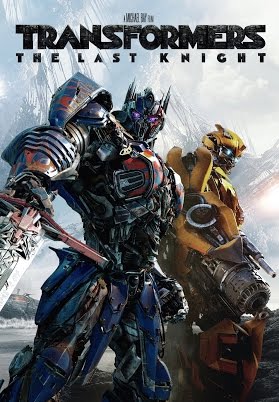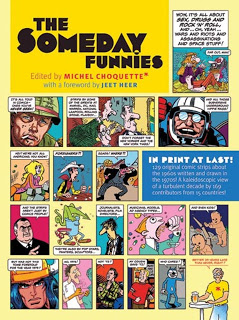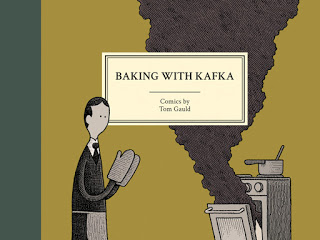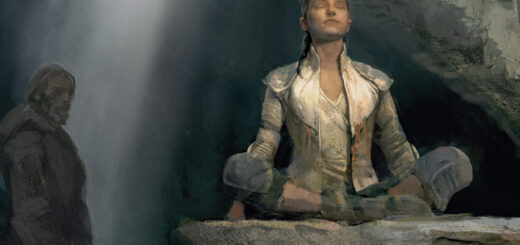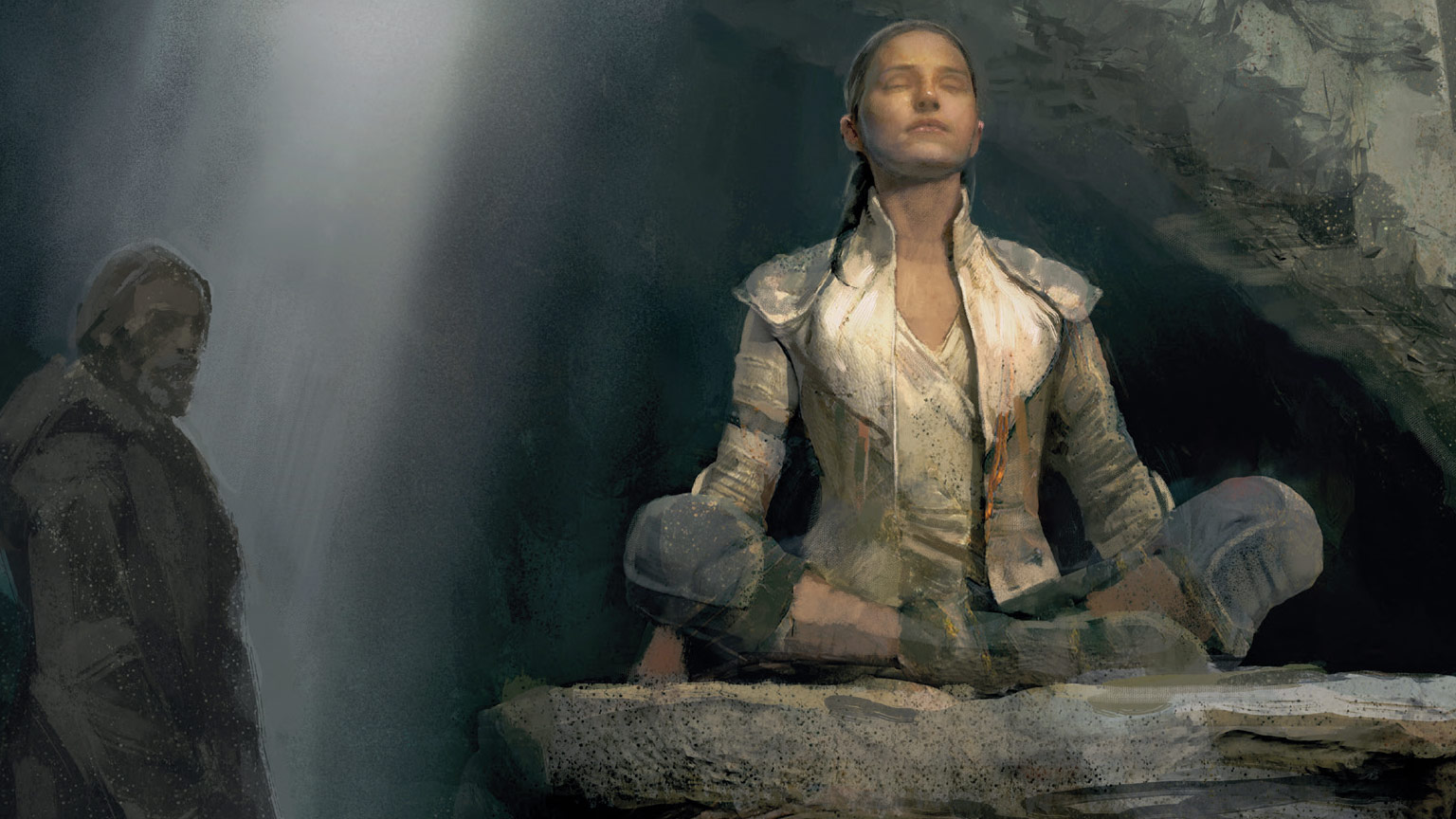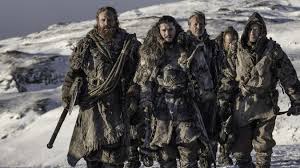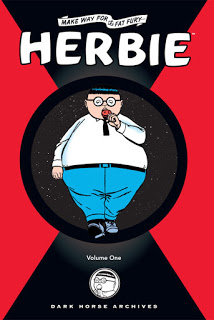Book-A-Day 2018 #12: Satania by Vehlmann and Kerascoet
“There’s a world going on underground,” a great man once growl-sang, and Satania just is the book to explore that hidden underground world.
One might think the naked redhead at the center of the cover is Satania, but no — she’s Charlie (short for Charlotte), the teenage force behind an underground expedition to find her missing brother. Also in the group is the requisite old, crusty guide, Father Monsore, who was on the ill-fated prior expedition where Charlie’s brother Christopher disappeared. There are several others — the party starts out with about six people– but those are the ones to be concerned with.
Christopher had a crackpot theory that Neanderthals moved underground and therefore mutated into demon-looking humanoids who are the source of all worldwide stories of hell and its inhabitants. But these evolved Neanderthals are actually highly civilized, sexually free, and possessed of uniquely high technology that he will discover and share with the world. Now, Christopher deduced all of this — he has no evidence of any kind — and it seems that his book expounding his stupid theory was roundly panned out in the world. So, in a huff, he planned the expedition to prove his theories, heading into this cave somewhere in Europe to film the people he already knows everything about.
I think the reader is supposed to take Christopher’s theories seriously. But this, frankly, is impossible for anyone with a lick of sense and scientific knowledge — if he was right about anything, it could only be by pure happenstance. Luckily, it’s not necessary to believe in those nutty theories to enjoy Satania; he does not turn out to be entirely correct, though he did correctly guess that there’s much more going on in this massive subterranean cave system than surface-dwellers suspect.
So: Charlie, and Chistopher’s collaborator, and some other people somehow related to the crazy theory, are looking for him, in the cave system where a flash flood separated Christopher from the rest of his party months ago. And do they encounter their own flash flood practically as soon as the book begins?
Reader, of course they do.
They do not die in the flood, but their scrambles and running and propulsion by water leaves them somewhere they’ve never been before, with no way back. They set out to explore, in hopes of getting back to the surface. They have limited supplies and light, but, as with any self-respecting tale of underground worlds, they soon find edible and luminescent growing things to keep them going. (From that point on, everything is illuminated, and finding food not a serious issue.)
They find a lot more than that, of course: dangers aplenty, strange landscapes both made by sentients and shaped by nature, strange and dangerous creatures, allies and enemies, deadly heat and chilling cold. Satania turns out to be huge, and full of horror and wonders.
It does not, though, correspond closely to anyone’s image of Hell, even though several members of this party really really want it to, and this leads to certain unpleasant disagreements within the party. This is a story of hardships and stunning vistas, of a series of strange revelations, each stranger and more revelatory than the last. (But, to be clear: this is not a fantasy. They are not in Hell and everything they see should be roughly acceptable to physics, biology, and chemistry as we know them.)
Satania is a gorgeous book, as you might expect from the wife-and-husband art team credited as Kerascoet. The colors are exquisite, giving color to emotions and places, and the book contains a succession of amazing images, culminating in a fantastic double-page spread near the end. Even if this book hadn’t been translated from the French, I think it still would be worth “reading,” just for their work.
But it was translated (by Joe Johnson) from a script by Fabien Vehlmann, here just credited by his last name. He previously worked with Kerascoet on the stunning Beautiful Darkness , and I also really liked his script for the chilly SF graphic novel Last Days of an Immortal . So Satania is just a little disappointing: Christopher is a crank, and his crankishness sets in motion the whole plot, and there’s no way around that. The story is also more episodic — bad things happen, they flee, and have a moment of peace until the next episode starts — than the stronger Vehlmann books I’ve seen.
Not being as good as something amazing wonderful is not that much of a criticism, though: Vehlman has excellent dialogue here, making his very different people all come alive, and he particularly has a way with mania…perhaps he does realize what a crank Christopher is. Satania is an interesting, gorgeous, twisty journey through a vividly imagined world, by a set of world-class talents.
![]()
![]()
Reposted from The Antick Musings of G.B.H. Hornswoggler, Gent.

